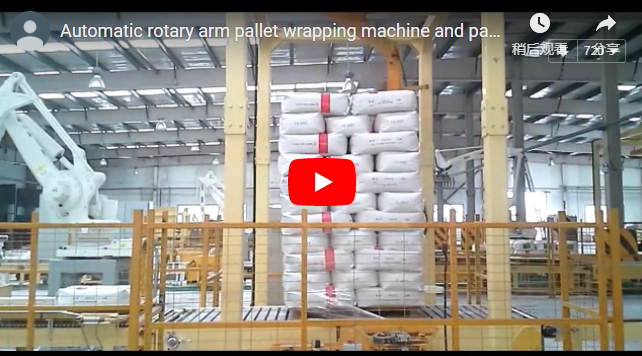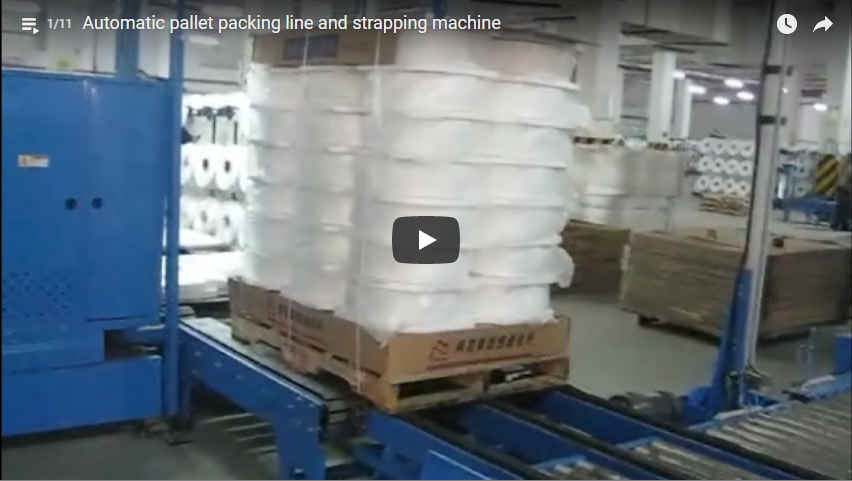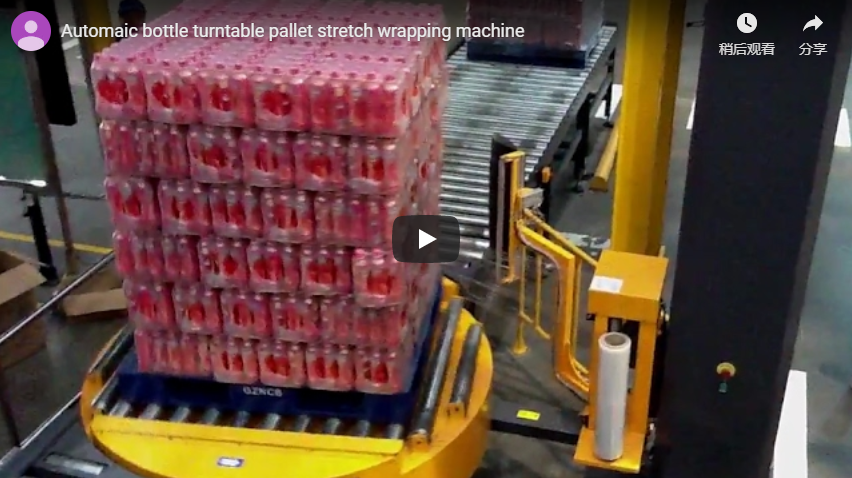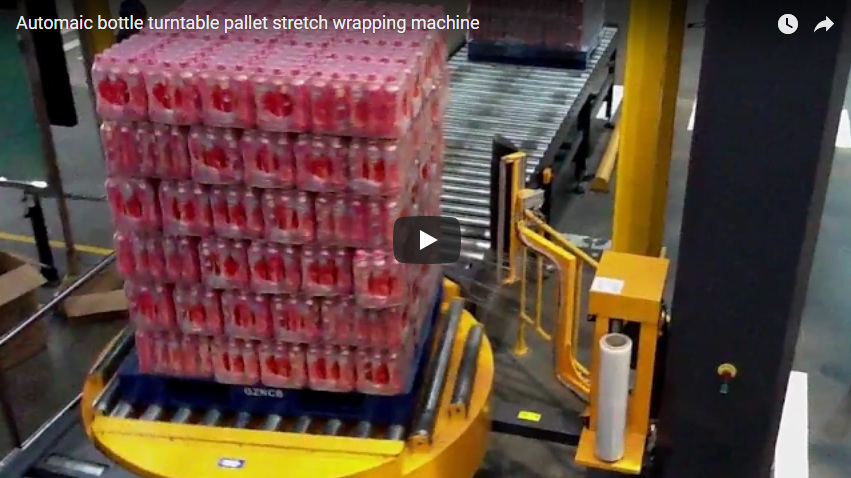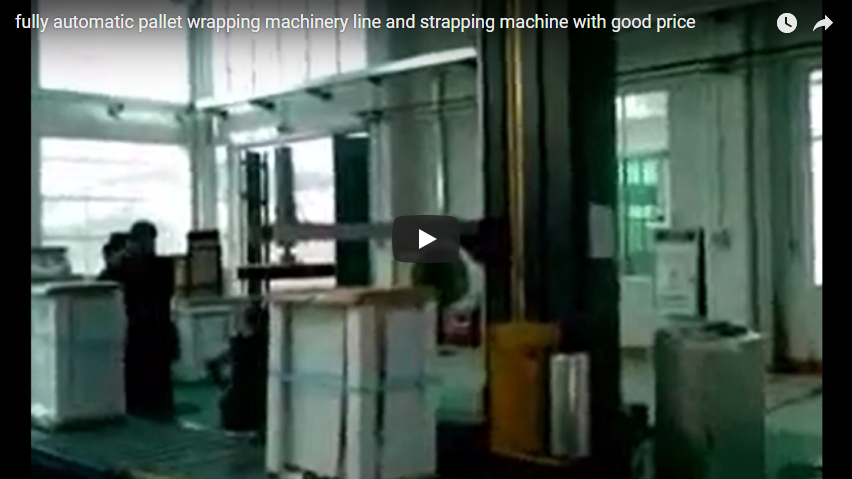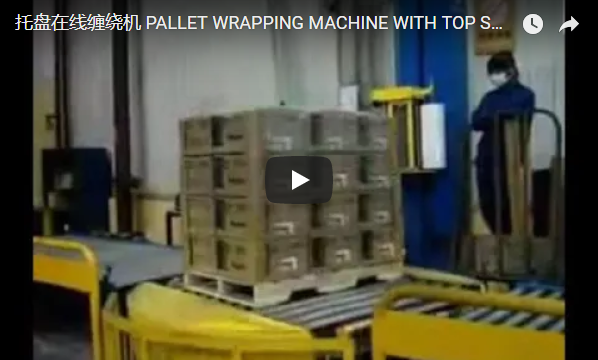In-Depth Analysis: The Robot Pallet Wrapping Machine
In modern logistics and manufacturing environments, optimizing end-of-line packaging processes is critical for efficiency, cost reduction, and ensuring load stability during transit. Among the advanced solutions available, the robot pallet wrapping machine stands out for its flexibility and automation capabilities. This article delves into the technical specifications, design considerations, components, and operational advantages of these sophisticated systems, providing engineers and operations managers with valuable insights.
1. Understanding the Robot Pallet Wrapping Machine
A robot pallet wrapping machine, often referred to as a mobile or autonomous pallet wrapper, is an automated system designed to apply stretch film around palletized loads without requiring the pallet to be placed on a turntable or within a fixed rotary arm structure. Typically utilizing a battery-powered mobile robotic platform equipped with a wrapping mast and film carriage, it navigates autonomously to the pallet location, circles the load, and applies the film according to pre-programmed parameters. This offers unparalleled flexibility compared to traditional stationary wrapping systems.
2. Design and Structural Considerations
The design of a robotic pallet wrapper balances mobility, wrapping performance, and safety:
- Mobile Platform: The core is often an Automated Guided Vehicle (AGV) or Autonomous Mobile Robot (AMR) base, engineered for stability and precise movement. Key considerations include wheel type (for different floor surfaces), drive system (differential, omnidirectional), and overall chassis rigidity.
- Robotic Mast & Film Carriage: The vertical mast supports the film carriage assembly. Its design must ensure smooth vertical travel to cover the entire height of the pallet load. The film carriage itself is a critical component, housing the film roll and the pre-stretch mechanism.
- Navigation System: Common technologies include LiDAR (Light Detection and Ranging) for environmental mapping and obstacle detection, vision systems, or simpler line/tape following systems. Accuracy and reliability are paramount for autonomous operation.
- Power System: Lithium-ion batteries are prevalent due to their energy density and lifespan. Battery Management Systems (BMS) are crucial for safety and optimizing charge/discharge cycles. Autonomous charging capabilities are often integrated.
- Safety Integration: Compliance with safety standards (e.g., ISO 3691-4 for driverless industrial trucks) is essential. This involves multiple safety sensors (laser scanners, bumpers), emergency stops, and audible/visual warnings.
3. Core Components Breakdown
Understanding the key components provides insight into the machine's functionality:
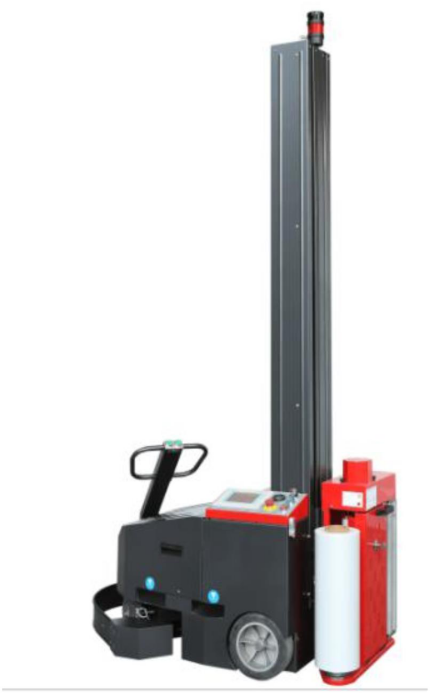 ![]
![]
- Mobile Robotic Base: Provides locomotion and houses navigation, control, and power systems.
- Vertical Mast: Guides the vertical movement of the film carriage.
- Film Carriage Assembly:
- Film Roll Holder: Secures the stretch film roll.
- Pre-stretch Mechanism: Crucial for film economy and load containment. Powered pre-stretch systems use rollers rotating at different speeds to elongate the film before application, typically achieving 150% to over 300% stretch. This significantly reduces film consumption.
- Film Cutting & Clamping Unit: Automates the start and end of the wrap cycle.
- Control System: Usually PLC-based (Programmable Logic Controller) with an HMI (Human-Machine Interface) touch screen for programming wrap parameters (wrap counts, tension, travel speed, height sensing) and diagnostics.
- Sensors: Include navigation sensors, pallet detection sensors, load height sensors (often photoelectric or ultrasonic), and safety scanners/bumpers.
- Battery & Charging System: Provides power for mobility and wrapping operations.
4. Technical Specifications & Performance Data
When evaluating robotic pallet wrappers, key performance indicators (KPIs) include:
- Wrapping Speed: Typically measured in pallets per hour (e.g., 20-40 pallets/hour, depending on load size, wrap pattern, and travel distance).
- Maximum Load Height: The highest pallet load the machine can effectively wrap (e.g., 2200mm, 2400mm, or higher).
- Maximum Load Dimensions (L x W): While flexible, there are practical limits based on stability and navigation space.
- Minimum Load Dimensions: Small or unstable loads might pose challenges.
- Film Pre-stretch Ratio: Standard ranges are 150% to 300%. Higher ratios mean better film efficiency. Variable pre-stretch capability is advantageous.
- Film Type & Specifications: Compatible film roll width (e.g., 500mm), core diameter (e.g., 76mm), and maximum roll diameter/weight.
- Battery Performance: Operating time per charge (e.g., 8-12 hours or 150-250 pallets) and charging time (e.g., 6-8 hours).
- Navigation Accuracy: Positional accuracy for docking and wrapping (e.g., ±10mm).
- Turning Radius: Important for navigating tight spaces.
- Safety Compliance: Certifications (e.g., CE, UL).
Parameter Comparison (Typical Ranges):
- Throughput: 20 - 40 pallets/hour
- Max Wrap Height: 2100 mm - 3000 mm
- Pre-Stretch: 150% - 300%+ (Powered)
- Battery Life: 150 - 250+ pallets per charge
- Navigation: LiDAR, Vision, Wire/Tape Guided
- Safety: Laser Scanners, Bumpers, E-stops (Compliant with relevant ISO/ANSI standards)
5. Operational Advantages & Efficiency Gains
Implementing robotic pallet wrappers offers significant benefits:
- Flexibility: Can wrap loads anywhere in the facility, eliminating the need to transport pallets to a fixed station. Ideal for oversized or unstable loads that are difficult to move.
- Labor Optimization: Frees up personnel from manual wrapping tasks, reducing ergonomic risks and allowing staff to focus on higher-value activities.
- Consistency: Ensures uniform application of stretch film with consistent tension and overlap, leading to improved load containment and reduced product damage during transit.
- Film Cost Savings: Optimized powered pre-stretch significantly reduces film consumption compared to manual or basic machine wrapping.
- Space Efficiency: Eliminates the floor space requirement of a dedicated stationary wrapper.
- Scalability: Easily add more robots to handle increased throughput demands.
6. User Experience & Integration Insights
From a user perspective, modern robotic wrappers emphasize ease of use:
- Intuitive HMI: Touch screen interfaces allow operators to easily select wrap programs, adjust parameters, and monitor machine status.
- Programmability: Different wrap patterns can be stored for various load types (e.g., top/bottom wraps, wrapping force, overlap).
- Integration: Can often be integrated with Warehouse Management Systems (WMS) or plant control systems for fully automated operation initiation and data exchange.
- Maintenance: Designed with accessibility for routine maintenance (film roll changes, battery charging, sensor cleaning). Diagnostic features aid in troubleshooting.
7. Choosing the Right Robotic Wrapper Solution
Selection should be based on a thorough analysis of application needs:
- Throughput Requirements: Match machine speed and battery endurance to the number of pallets needing wrapping per shift.
- Load Characteristics: Consider the size, weight, stability, and variability of the pallet loads.
- Facility Layout: Assess floor conditions, aisle widths, potential obstructions, and charging station locations.
- Level of Automation: Determine the need for integration with other automated systems.
- Budget: Factor in the initial investment, potential film savings, labor reduction, and maintenance costs for ROI calculation.
- Vendor Support: Evaluate supplier reputation, training, service, and spare parts availability.
8. Conclusion: Embracing Flexible Automation
Robot pallet wrapping machines represent a significant advancement in end-of-line packaging automation. Their inherent flexibility, combined with consistent performance and potential for significant cost savings through optimized film usage and labor reduction, makes them a compelling solution for diverse industries. By carefully evaluating technical specifications, design features, and operational requirements, facilities can leverage this technology to enhance logistical efficiency and product protection.
For further information on automated wrapping solutions:

